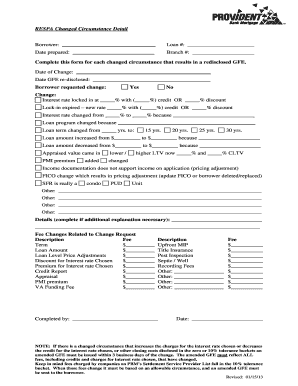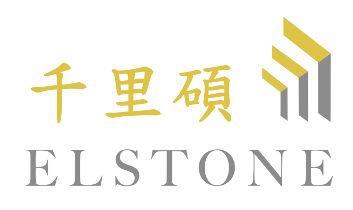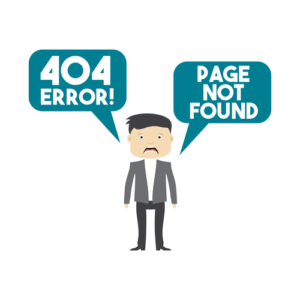SAM: On-demand tax prep and advisory services for CPA firms

Whether your firm wants to grow its practice or expenditure definition expense vs expenditure and types simply combat workload compression, our full-time staff of trained professionals provides year-round assistance. This approach allows businesses to delegate complex tax responsibilities to experts, freeing up internal resources and ensuring compliance with tax regulations. Outsourcing tax preparation requirements has a myriad of advantages for your accounting firm. Although CPAs can benefit from outsourced tax preparation services in various ways, you should also find out if there are any negatives you should be concerned about. It’s a common misconception that all tax outsourcing services are performed outside the United States and that firms only outsource for the offshore cost benefits.
By outsourcing to QXAS, firms can reallocate valuable resources to focus on growth and client relationships, trusting that their tax preparation is in expert hands. Evaluate these proposals based on cost, service range, and provider expertise to select the most suitable candidate. Establish effective communication channels for smooth collaboration and confirm robust data security measures to protect sensitive information. Finally, monitor the provider’s performance regularly to ensure quality delivery and address any issues promptly, fostering a productive and efficient outsourcing relationship.
Address staffing shortages
Conduct a cost-benefit analysis to weigh outsourcing expenses against potential savings and efficiency gains. Additionally, scrutinize the provider’s qualifications and industry-specific experience for accurate tax management. Lastly, prioritize data security by ensuring the provider has robust measures in place to protect your financial information from unauthorized access and breaches.
1040SCANverify is available as an alternative to full outsourced tax return preparation services and offers 80% of the work for 20% of the cost. Contact our team to find out value reporting form which of these solutions is right for you or learn more about 1040SCANverify. When selecting an outsourcing provider, scrutinize their qualifications and experience. Look for professionals with a proven track record in tax preparation, and check if they have expertise specific to your industry. In recent years, outsourcing tax preparation has gained popularity among businesses of all sizes.

Outsourcing income tax preparation is a powerful way to supplement your 1040 practice. If you’re considering income tax outsourcing, you’ll find the information you need here. We’ll discuss what it is, who needs it, offshore vs. onshore options, and full vs. partial outsourcing. Finding qualified staff can be difficult—and training new hires while tax insurance company season ramps up is even more inconvenient. Outsourcing tax preparation to an experienced team with quick turnaround time helps you prepare more returns without hiring additional team members.
Tax & Accounting
- This includes advanced encryption, secure access controls, and regular security audits to ensure your data remains safe and confidential.
- If your tax scenario involves multiple income streams, intricate deductions, or unique credits, you’ll need a provider skilled in handling such complexities.
- In 2014, new Section 7216 language went into effect that required more explicit disclosure.
- QXAS has been the most preferred tax preparation outsourcing company helping CPAs and accounting firms in the USA for over a decade.
- Reputable outsourcing providers implement stringent security measures to protect your sensitive financial information.
- Implement complementary security practices on your end to safeguard sensitive information and ensure that both parties are aligned on maintaining confidentiality.
By leveraging external expertise, businesses can access professionals who are adept at navigating complex tax regulations, ensuring compliance and precision in filings. When selecting an outsourcing partner, it’s crucial to carefully evaluate potential providers based on their track record, expertise, data security measures, flexibility, and support. Taking the time to choose the right partner will ensure that your tax preparation is handled efficiently and effectively, allowing you to focus on running your business with peace of mind. Tax preparation outsourcing costs vary depending on the engagement model you choose. The Ad Hoc or Pay-as-You-Go model offers flexibility, with costs based on the specific tasks you request, ideal for businesses with fluctuating needs.
Risk management & investigations
A reputable income tax outsourcing service will have clear and transparent documentation about their security protocols. Some firms keep an onshore option on deck for an additional fee in the unlikely event that a client remains resistant. Outsourcing tax preparation offers small businesses a range of advantages, from accessing highly qualified professionals to ensuring top-notch data security. It simplifies compliance with ever-changing tax laws and streamlines data collection.
Xpitax® Tax Preparation Outsourcing
While we have not calculated the full savings yet, we know there will be lower labor costs, even with having a project manager oversee all the tax returns that were outsourced. I could hire a dedicated part- or full-time person, or I could purchase a package of 50, 100, or 200 returns to be prepared. After brainstorming with our tax team, I chose the option that best matched our expectations – the package. We went with our gut, wanting to jump in to test out what it would be like to outsource tax preparation.











